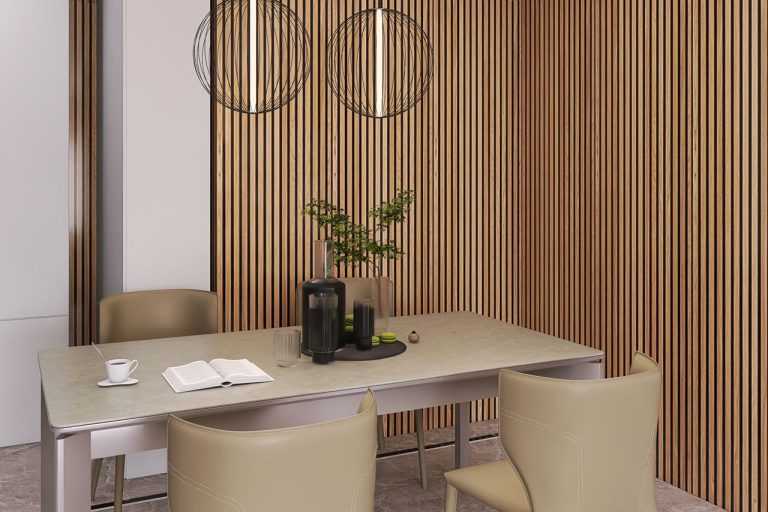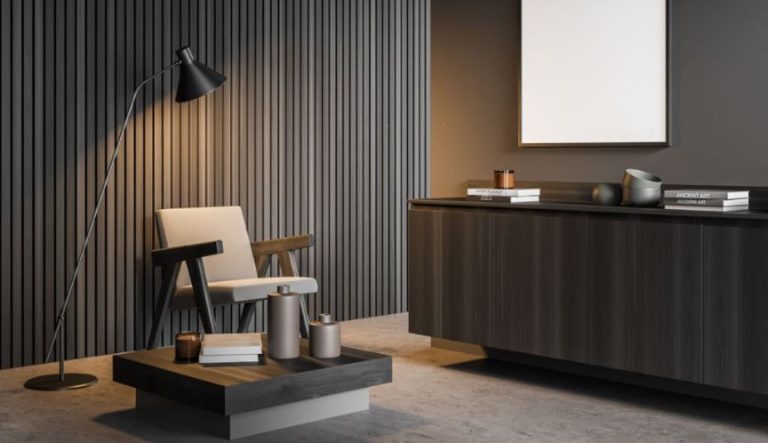
Stay Safe and Warm: The Power of Annual Chimney Cleaning
A crackling fire is the heart of any cozy home—but when was the last time you checked what’s lurking up your chimney? Annual chimney cleaning isn’t just a routine task; it’s a crucial step in protecting your home from fire hazards and keeping your indoor air safe to breathe. Let’s explore why this yearly ritual matters and how it saves you from bigger issues down the line. The importance of regular
cannot be overstated.
The Hidden Dangers of a Dirty Chimney
You might not give your chimney much thought, but it silently endures extreme conditions every time you light a fire. Without annual chimney cleaning, creosote builds up, blockages form, and structural issues can go unnoticed.
Creosote: The Unseen Firestarter
Creosote is a black, tar-like substance that clings to chimney walls. It forms during wood combustion, especially if the wood is unseasoned. This residue is highly flammable, and even a thin layer can ignite, leading to a devastating chimney fire.
Unwelcome Guests and Blockages
Bird nests, leaves, and other debris often find their way into chimneys. These obstructions not only restrict airflow but can also push toxic gases like carbon monoxide back into your living space.
Chimney Deterioration and Health Risks
Acidic byproducts from smoke and soot slowly corrode the chimney’s structure. Over time, this can lead to cracks, leaks, and a less efficient fireplace. Worse yet, the buildup can cause respiratory issues, especially for children and the elderly. After an
, you can rest assured your chimney is safe to use.
Why Annual Chimney Cleaning is a Must
The National Fire Protection Association recommends chimney inspections and cleanings at least once a year—no matter how often your fireplace is used. Here’s why it’s non-negotiable:
- Fire Prevention: Regular cleanings drastically reduce the risk of chimney fires.
- Air Quality: Removes buildup that could cause indoor air pollution.
- Energy Efficiency: Clean chimneys promote better airflow and more effective heating.
- Cost Savings: Preventative care is far cheaper than repairing extensive damage.
When Should You Schedule an Annual Chimney Cleaning?
Though it’s called “annual chimney cleaning,” the timing matters. Ideally, you should clean your chimney before the colder months begin. Late summer or early fall is perfect—it ensures your fireplace is ready when you need it most. Without a
, you risk exposing your home to dangerous levels of carbon monoxide.
Watch for these red flags that scream it’s time for a cleaning:
- Smoke spilling into the room when lighting a fire
- Persistent, sharp odors from the fireplace
- A thick, black residue visible on the damper or chimney walls
- Hearing birds or animals inside the chimney
How Professionals Handle Annual Chimney Cleaning
Certified chimney sweeps don’t just scrape away soot. Their process involves a detailed inspection and thorough cleaning using specialized tools. Here’s what typically happens:
- Inspection – Check for structural integrity, blockages, and creosote buildup.
- Preparation – Protect the home interior from soot and debris.
- Cleaning – Use of brushes and vacuums to remove creosote, soot, and obstructions.
- Final Review – Ensure the chimney is safe and ready to use.
Hiring a CSIA-certified technician ensures your chimney is in the hands of a trained professional who follows industry standards.
Annual Chimney Cleaning Checklist
Before the pros arrive, you can prepare your fireplace for inspection and cleaning:
- Clear the area around your fireplace
- Avoid using the fireplace 24 hours before cleaning
- Make a list of any issues you’ve noticed
- Secure pets in another room
Benefits of Making It a Routine
Treat annual chimney cleaning like a dentist appointment for your home—it might not be exciting, but it prevents bigger problems.
- Longer chimney lifespan
- Fewer repairs over time
- Peace of mind during the winter months
- Boosts property value
Frequently Asked Questions About Annual Chimney Cleaning
Q: Is it necessary to clean my chimney if I only use it a few times a year?
A: Yes. Even minimal use can lead to creosote buildup or attract nesting animals. Annual chimney cleaning ensures it’s safe year-round.
Q: Can I clean my chimney myself?
A: DIY kits exist, but a certified chimney sweep is trained to spot issues the untrained eye might miss.
Q: What happens if I skip a year?
A: You risk chimney fires, poor air quality, and costly damage. It’s not worth the gamble.
Q: How long does a cleaning take?
A: On average, between 45 minutes and 1.5 hours depending on the chimney’s condition.
Final Thoughts: Don’t Skip Your Annual Chimney Cleaning
A well-maintained chimney is more than a safety measure—it’s a comfort investment. With annual chimney cleaning, you ensure every fire you light burns clean, safe, and warm. Don’t wait until it’s too late—make your chimney checkup an annual priority.




